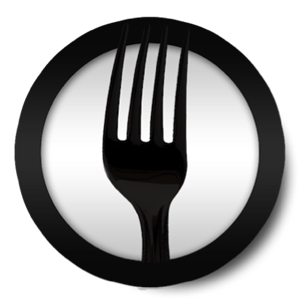To most of us, $1500 is a lot of money. Perhaps it represents an all-inclusive vacation, a new laptop, much needed car repairs, or a portion of tuition. Whatever it represents, if $1500 were placed on the table in front of us, it’s unlikely that any one of us would simply pick it up and throw it in the garbage.
And yet thanks to food waste, throwing away large sums of money is what the average Canadian household does. Think about that. Every month, your household tosses about $125 worth of food into the garbage.
What makes this number all the more concerning is that 850 thousand Canadians still need to visit some form of food security service every month. That’s about 1 in 40 Canadians – possibly someone in your neighbourhood.
Obviously there is a disconnect. How can we have so much that we’re willing to throw $125 away every month, while at the same time people in our neighbourhoods struggle to put together a nutritious meal for their family?
Last year, Dr. Daniel Gillis[1] and Danny Williamson[2] partnered with Linda Hawkins[3], the Guelph Wellington Food Access Working Group, and the Guelph Food Round Table, to explore the disconnect between abundance and need. It quickly became obvious that the issue wasn’t due to a lack of willingness to help, it was a lack of communication; donors were unaware of what they could donate, when they could donate, or where they could donate.

Dr. Daniel Gillis, PhD Statistics, Assistant Professor in the School of Computer Science, University of Guelph, Co-founder of the Farm To Fork project
To address this issue, Gillis and Williamson founded the Farm To Fork project. The goal – increase the quality and quantity of donations by connecting donors directly with the needs of the emergency food service providers. In September, they presented the concept to Gillis’ third year School of Computer Science class at the University of Guelph. Over the course of the fall semester, 30 passionate undergraduate students moved the project from idea to working prototype.
Since January, Lee-Jay Cluskey-Belanger, and Benjamin Katznelson – members of the original Farm To Fork class – have been working to finalize the prototype. The system will allow any emergency food provider the ability to create a grocery list of needs, including fresh produce, non-perishable, or non-food items. Donors will be able to log into the system, identify a nearby pantry (for example), browse their grocery list, and select which items they’d be willing to donate. The system will also send an email reminder on the day the donor has identified as their typical grocery day.
But before the Farm To Fork solution can be launched, it has to be beta tested to ensure that it functions properly. This means hiring several students from the original Farm To Fork class. To cover the expenses associated with beta testing, the Farm To Fork team is trying to raise $15000 through the Microryza crowdfunding platform. The campaign ends May 19th. If you want to help support the Farm To Fork project, please consider donating (https://www.microryza.com/projects/farm-to-fork).
For more information, follow Farm To Fork on Twitter (@Farm_2_Fork), like us on Facebook (https://www.facebook.com/FarmToForkGuelph), of follow our blog (http://farmtoforkguelph.wordpress.com/).
[1] Assistant Professor and Statistician, co-founder of the Farm To Fork Project, School of Computer Science, University of Guelph.
[2] Consultant, and co-founder of the Farm To Fork Project.
[3] Director of the Institute for Community Engaged Scholarship, University of Guelph


